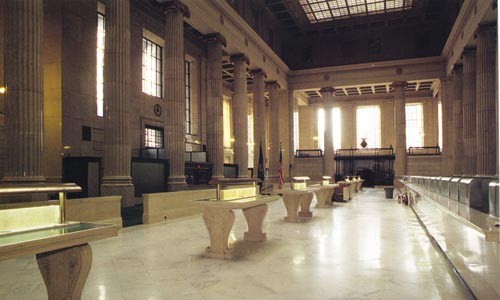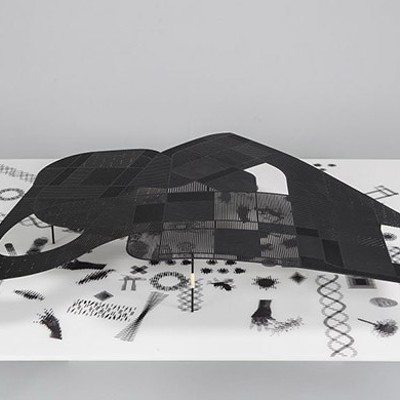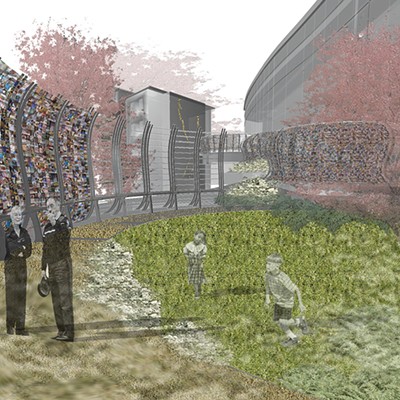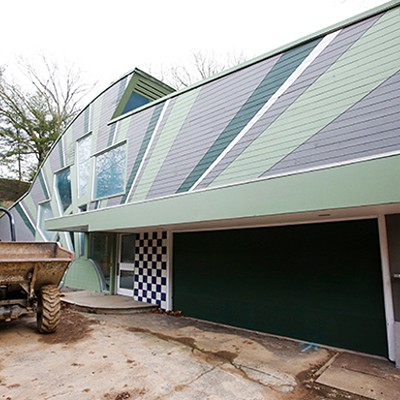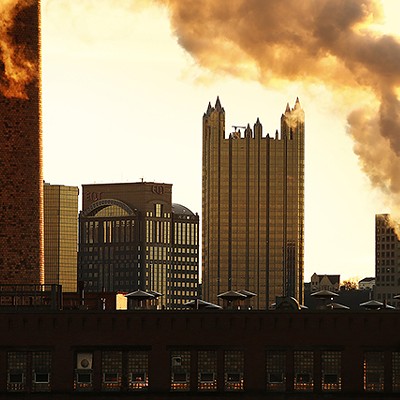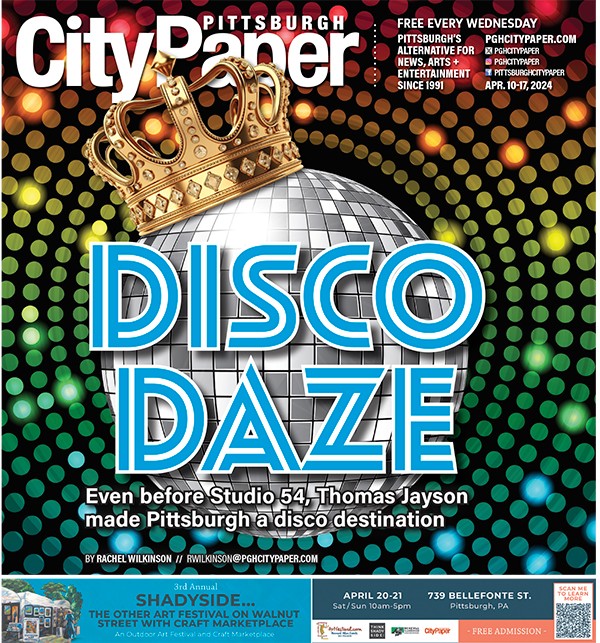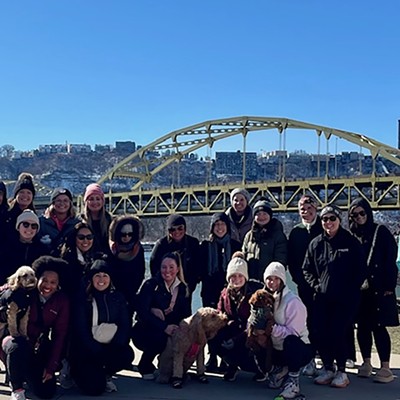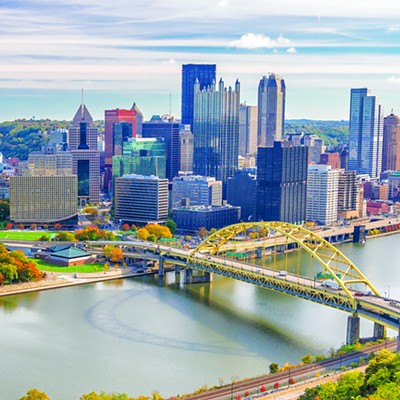With Pittsburgh's 250th rapidly approaching, the obvious celebratory list will be the Top 10 Pittsburgh buildings of all time. Alas, its contents will be similarly predictable, with the Allegheny County Courthouse and the Cathedral of Learning figuring prominently.
More lists of greater nuance are in order. So here is a roster of the Top 10 Pittsburgh structures we wish were still there:
(10) John Roebling's Pennsylvania Canal Aqueduct of 1845. Roebling's later Sixth Street Bridge (preceding the current version) was prettier and more like its legendary descendent, the Brooklyn Bridge. And Roebling's predecessor to the current Smithfield Street Bridge deserves consideration. Still, this Downtown structure gets bonus points as Roebling's first in Pittsburgh, as well as for the oddity of carrying a canal over a river.
(9) North Side Market House. What this neighborhood really needs is a festive, multi-use market house. Oh wait, it used to have one. Contemporary urban designer Doug Suisman emphasizes how this charming, vaguely German Romanesque hall, located at Ohio and Federal streets across from the Carnegie Library and Music Hall, was destroyed especially wantonly so that undistinguished modernist boxes could rise in its place.
(8) Kaufmann's Department Store First Floor. In 1930, the Downtown store unveiled a redesign featuring murals by Boardman Robinson that illustrated and glorified vignettes from the history of commerce in a forward-looking Machine Age style. New York's Architectural League awarded Robinson a Gold Medal for the achievement that year, but he and his work are largely forgotten now.
(7) St. Francis Hospital, Centre Avenue. This precast concrete structure with reflective, vividly tinted glass windows didn't last a full 40 years across from the Mellon Arena. Just kidding about wanting it back, though. The only virtue of this departed junkpile is that it manages to make the forthcoming hockey arena look good by comparison. Even the most die-hard preservationist would say good riddance to this godforsaken pink-eyed lump.
(6) Inclines Inclines Inclines. The Monongahela Incline of 1869 (the earliest) and the Duquesne Incline (of 1877) still survive, visible picturesquely from Downtown. But wouldn't it be great to have all 12 back in operating condition, in such less-prominent locations as Knoxville, Mount Oliver and Castle Shannon?
(5) Farmers Deposit National Bank. Philadelphian Civil War veteran Frank Furness designed three railroad stations for Pittsburgh, but this little Downtown storefront bank showed his Victorian-gothic-on-steroids architecture at its outrageous best.
(4) Luna Park. Pittsburgh's own little Coney Island opened in 1905 to encourage tourists to ride trolleys. At the corner of Baum and Bigelow, in Oakland, it featured a Shoot the Chute, a merry-go-round and innovative electric lighting. But an attack by a lion in captivity hurt attendance, and a fire resulted in permanent closure, in 1909. Buildings for car dealers and light manufacturing eliminated most traces of it.
(3) The Lower Hill. Formerly dingy Carson Street was reborn in the 1980s as essentially an entertainment district. Imagine what the Lower Hill could be today, with its actual legacy of jazz clubs and national talent. Instead, urban renewal flattened 95 acres of city neighborhoods and forcibly relocated more than 1,200 families, mostly African Americans.
(2) Syria Mosque. Some might argue for a first-place finish here for this 1916 Oakland structure by Huehl, Schmidt & Holmes. Destroyed especially viciously, literally in the middle of the night, for a medical complex that was never to be. Do you miss the jaunty Islamic Revival auditorium, with its storied history of musical acts and theatrical performances? How about a parking lot in its place?
(1) Mellon Bank Interior. Downtown's humorously nicknamed Cathedral of Earning had an imperious but somehow benevolently lofty banking atrium lined with 62-foot-high Ionic columns. This was from 1923, when Mellon Bank preferred a grand civic architectural gesture to cramped floors of rentable space. But in 2003, our tax dollars funded the ill-conceived stuffing of a crappy department store into the space, only to see it quickly go bankrupt.
Some of these structures were lost through reasonable changes in the city's culture and commerce, but too many were destroyed through the unrealistic promises of corrupt and incompetent agents. Pittsburgh's 200th anniversary saw the height of that era. For the 250th, we should build, as much as any new structure, an appreciation for our existing heritage.

